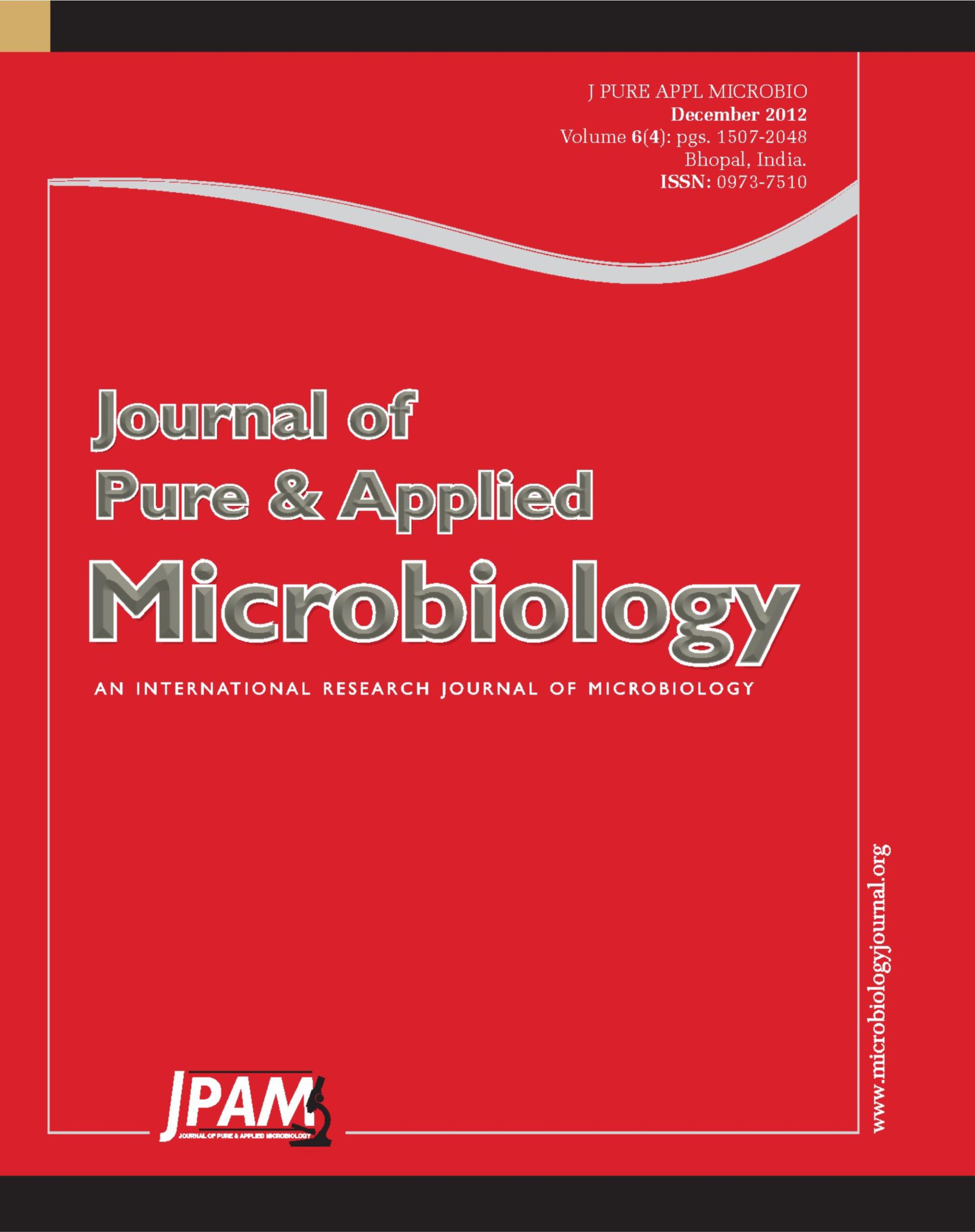Fifteen fungicides of four different categories viz., six systemic, four non-systemic, two antibiotics and three mixed formulation and their three concentrations were tested in vitro for their efficacy against Drechslera state of Trichometasphaeria holmii by poisoned food technique. All the fungicides evaluated significantly reduced the growth of the pathogen as compared to control but all the fungicides and their concentrations significantly differed within themselves. The higher concentration of each fungicide produced maximum growth inhibition of the pathogen. Among the different fungicides tested, propiconazole (Tilt 25% EC), tricyclazole (Beam 75 %WP), tridemorph (Calixin 80 % EC) from systemic group, copper oxychloride (Blitox 50%WP) and MEMC (Emisan 6% WP) from non systemic group, kasugamycin (Kasu-B 3% L) from antibiotics, carbendazim 25 % + ipridione 27 % (Quintal 50 % WP) and carbendazim 25 % + mancozeb 27 %(Sixer 75 %WP) from mixed formulations completely inhibited growth of the pathogen and proved to be highly fungitoxic to Drechslera state of Trichometasphaeria holmii.
Drechslera state of Trichometasphaeria holmii, Leaf spot/ blight, Fungicides, Heliconia
© The Author(s) 2012. Open Access. This article is distributed under the terms of the Creative Commons Attribution 4.0 International License which permits unrestricted use, sharing, distribution, and reproduction in any medium, provided you give appropriate credit to the original author(s) and the source, provide a link to the Creative Commons license, and indicate if changes were made.


